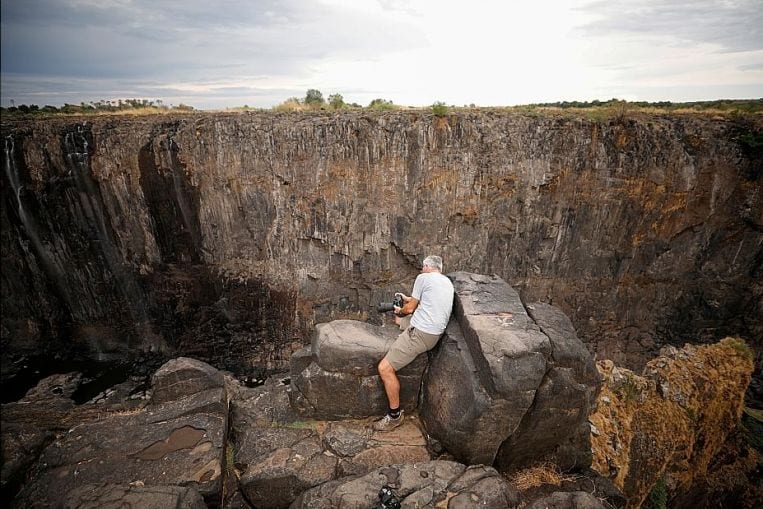Last updated on September 11th, 2021 at 03:11 pm
For decades, Victoria Falls, where southern Africa’s Zambezi River cascades down 100m into a gash in the earth, has drawn millions of holidaymakers to Zimbabwe and Zambia for their stunning views.
But the worst drought in a century has slowed the waterfalls to a trickle, fuelling fears that climate change could kill one of the region’s biggest tourist attractions.
While they typically slow down during the dry season, officials said this year had brought an unprecedented decline in water levels.
“In previous years, when it gets dry, it’s not to this extent. This (is) our first experience of seeing it like this,” Mr Dominic Nyambe, a seller of tourist handicrafts in his 30s, said outside his shop in Livingstone, on the Zambian side.
“It affects us, because… clients… can see on the Internet (that the falls are low)… We don’t have so many tourists.”
As world leaders gather in Madrid for the COP25 climate talks to discuss ways to halt catastrophic warming caused by human-driven greenhouse gas emissions, southern Africa is already suffering some of the worst effects of climate change – with taps running dry and some 45 million people in need of food aid amid crop failures.
Zimbabwe and Zambia have seen power cuts as they are very reliant on hydro power from plants at the Kariba Dam which is on the Zambezi River upstream of the falls.
Stretches of this kilometre-long natural wonder are nothing but dry stone. Water flow is low in others.
Data from the Zambezi River Authority shows water flow at its lowest since 1995, and well under the long-term average.

